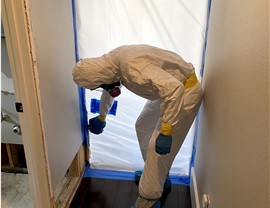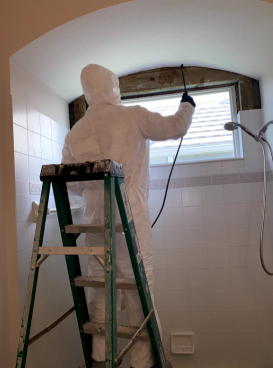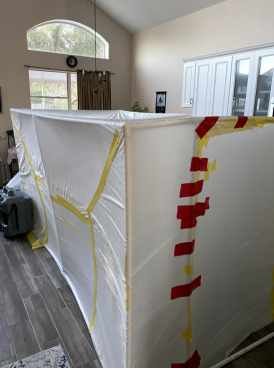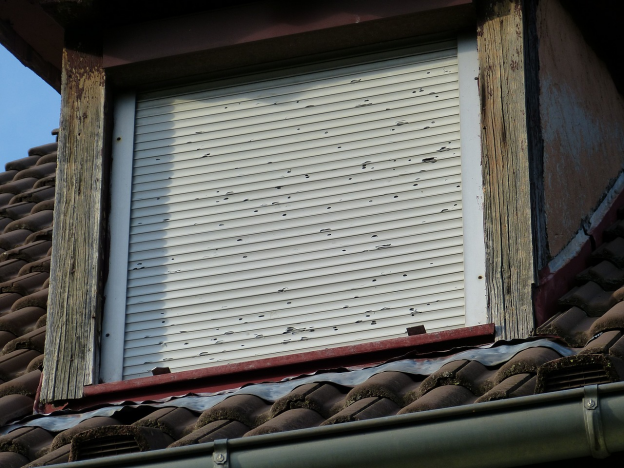When your home suffers flood damage from a major storm, plumbing emergency, or any other cause, you’ll have all sorts of issues to deal with, including mold growth. However, we find that many people breathe a sigh of relief when the flood waters drain and they realize that they can’t find any mold colonies right away. Unfortunately, this celebration is often premature, as mold growth can form in all sorts of places, many of which you may not expect.
On this blog, we’ll help you check your home for mold more thoroughly by discussing five of the most surprising and unexpected places that mold growth can accumulate after your home suffers flood damage.
Ductwork
Do you have vents located down low on your walls, close to the ground? What about vents that are actually in the floor of your home? Both of these could become flooded along with your home. This not only can damage the ducts themselves, but the organic material that’s used to construct them or the insulation around them is a feasting grounds for mold, particularly when you add a little moisture. If you smell mold and can’t seem to find it, you just might not be looking in the right place.
Under the Sink
Mold needs two primary things in order to grow and spread: a food source and moisture. However, it also needs protection from harmful UV radiation, and that’s why you often see it growing in dark places. All of this makes under the sink a perfect place for mold to grow. If you’ve suffered flood damage as a result of a plumbing emergency like a burst pipe, you’re probably well aware of just how quickly mold can take root and spread, as well as how difficult an infestation under the sink can be to remove.
Fireplace/Chimney
The space in between bricks can fill with water and stay damp for long periods of time, particularly because of limited airflow to them. Combine this with a high amount of carbon-rich residue from burning wood logs, paper, and other flammable materials and you have a recipe for a happy and flourishing mold colony where you may have least expected it.
Carpet
If you’ve suffered flooding damage that has submerged your carpet, you absolutely need to contact a Bradenton mold remediation team as soon as possible, and open up your doors and windows and turn on every fan you can to try and dry it out. Carpet may be warm and soft on your cold feet, but carpet that gets wet will likely stay wet for a long period of time, and its sponge-like qualities make it a prime breeding grown for mold. It’s not uncommon for any carpet that stays wet for more than a few days to be just stuffed with colonies, necessitating its complete and total replacement.
Paper
Do you collect old newspapers? What about have a stack of bills you keep near your desk? Do you take paperwork for your job home to complete it or store it? These are all forms of paper that could be ruined as a result of flooding, as well as attract mold. Paper is made from wood, and that means it’s full of carbon that mold needs to take root and spread. It’s not uncommon for full file cabinets that are submerged in floodwaters to become hotspots for serious mold colonies.
Fight back against mold growth by calling the Bradenton mold remediation experts from Flood Pro’s, USA at (941) 212-2500 today!Tags
Subscribe to Flood Pros USA's Blog







Comments